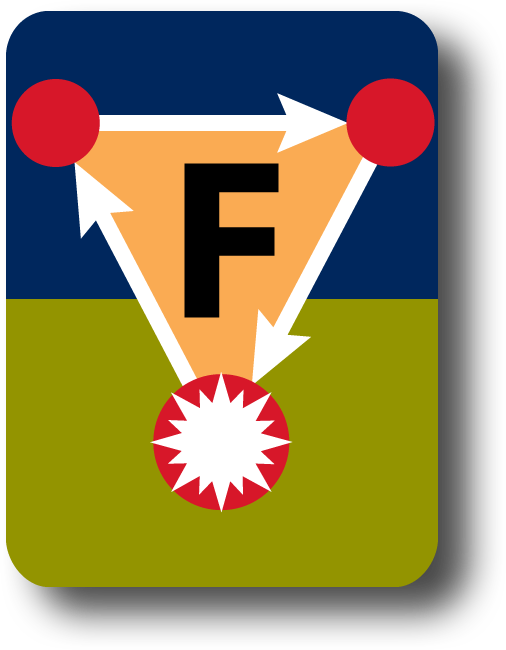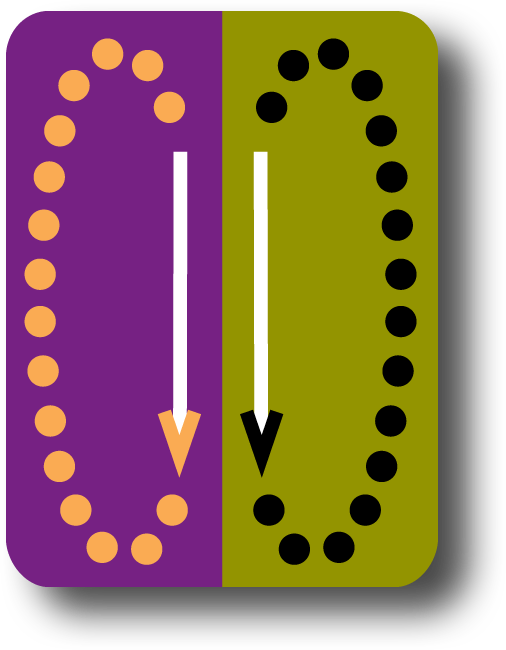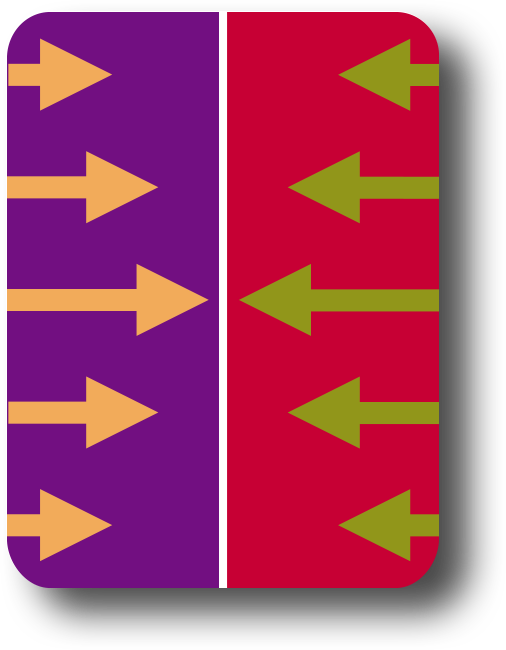BODYPARTS Lesson
Dancing With the Whole Body
What body part is moving and what can it do?
Students begin the school year with a physical “vocabulary” that grows more complex through the year. With the MUVE BODYPARTS Lesson we aim to support the growth of the body’s “vocabulary.” We involve every area of the body when creating improvised movements. By giving attention to each body-part, students expand their repertoire. In this lesson, students learn to isolate each body-part and make it the origin of the movement for the rest of the body.
You can use the BODYPARTS-Concept-Cards to make sure all body parts will be moved in this lesson: head, neck, arms, elbows, hands, fingers, hips, back, torso, legs, knees, joints, feet, shoulders, chest, buttocks, and face.
We discuss the benefits of regular exercise. We speak about the basic changes of increased heart rate, breathing and perspiration in the body during exercise. For older students, demonstrate how to find the heart rate in neck or wrist and compare body changes in the beginning and end of dances.
Remind students to respect each other with words and actions (CARE-Principle). The community goal is that everyone enjoys the company of their classmates in a new exciting way. We talk about the theme of the Lesson. “What do you think dancing the ‘BODYPARTS’ means?” There is no wrong answer – we are having a conversation. When we dance, its fun to remember all the body-parts, and move in new ways. When we dance with our whole body, our hearts beat fast and we get exercise that our bodies love.
Then the educator leads a simple bodypart movement and soon asks for a suggestion for a new dance move for the same body part. Students offer and practice a few more suggestions. After the group has suggested and shared several different ways to move we are ready for to dance to a song.
•We start a LEVEL 1 “Learn by following.” A Dance-along, led by the MUSE/Educator, demonstrates some of the options. You can either dance as the Central MUSE throughout the whole song (Follow the MUSE), or select 2 volunteers to help lead the group (Follow 3 Muses). See below for video samples.
To specify the body parts, you can call them out, or use concept cards or slideshow. The best way to stay organized with a full classroom of kids is to use the MUVE Dancing Grid. Every student knows their place, and everyone has enough space to move unhindered.
At this time we like to teach the “HULI-HULI” rotation (move one position clockwise within your Triangle) and the function of the “MUSE-Spot” (designates who is leading the dance.) Practice the rotations without music until everyone gets the idea.
•After the Dance-along we are ready for LEVEL 2 where the students explore individually (see Infinity Loops) or lead each other in small groups of 3 (see Independent TRIANGLES).
Talk about the fact that we want to dance with everybody, not just our immediate friends. Practice creating new dancing teams with the call “MIX-UP” (students leave their spots and find another dancing triangle and with that different partners.) In a new team kids can connect to students they might otherwise not have noticed. New partners bring new ideas.
The BODYPARTS-Concepts can inspire movement with all of the MUVE Dancing Games (MDGs). The games provide the game plan and the concepts provide the content.
Principle of the Day
Equal Rights for All Bodyparts
When it’s time to take a break from the physical exhilaration let’s talk about
• How did it feel to move the different bodyparts?
• What do you think ‘Equal Rights for all Bodyparts’ means?
•If you have experienced MUVERS or you want to challenge your students to practice leadership, introduce a LEVEL 3 game. Here individual dancers demonstrate movements and are followed by the entire group. A Cascading WAVE or Circle JUMP game is a great start. Everyone leads only for a brief period of time. The 7 MUSE Circle takes more confidence. Some kids will be ready to be a MUSE for the whole group immediately, while others will need time to muster the courage to be the center of attention. If this is a beginner session, select games where students can volunteer to be one of the MUSES.
After any dance, take a little break to check the heart-rate again. How does it compare to the heart rate before the dance? Talk about the fact that physical activity strengthens muscles, supports a healthy weight and increases energy. Fitness can even strengthen communities! An active lifestyle brings feelings of joy, self confidence and success. When we play together, all those benefits are shared. MUVE supports the health of the individual and brings communities together. Amp up your group and help them be excited about experiencing fun fitness together!
Sample Videos for Lesson BODYPARTS
-

Follow 3 Muses
“Dance With Me Tonight”
Teens
L1
-

Infinity Loops
“Movin' Right Along 2”
Elementary School
L2
-

Cascading WAVE
“Young Love”
Elementary School
L3
We learned
- About ways to move all our body parts and how we can use them creatively in dance
- To use ALL of our body parts and give them our attention
- How we can use MUVE Concepts to inspire spontaneous movements
- How to rotate between leadership and follower positions
- MUVE Vocabulary like MUSE, Huli Huli and MIX-UP
- That physical activity is good for body and mind
- That dancing in community brings new friends and exciting experiences
Hawaii Content and Performance Standards for the Bodyparts Lesson
Each MUVE Lesson has been created to include Hawaii Content & Performance Standards, enabling teachers to use selected benchmarks to plan a standards-based instruction for a Physical Education or Fine Arts lesson.
Click here to see the Educational Benchmarks for the Bodyparts LessonNext - Opposites Lesson »


